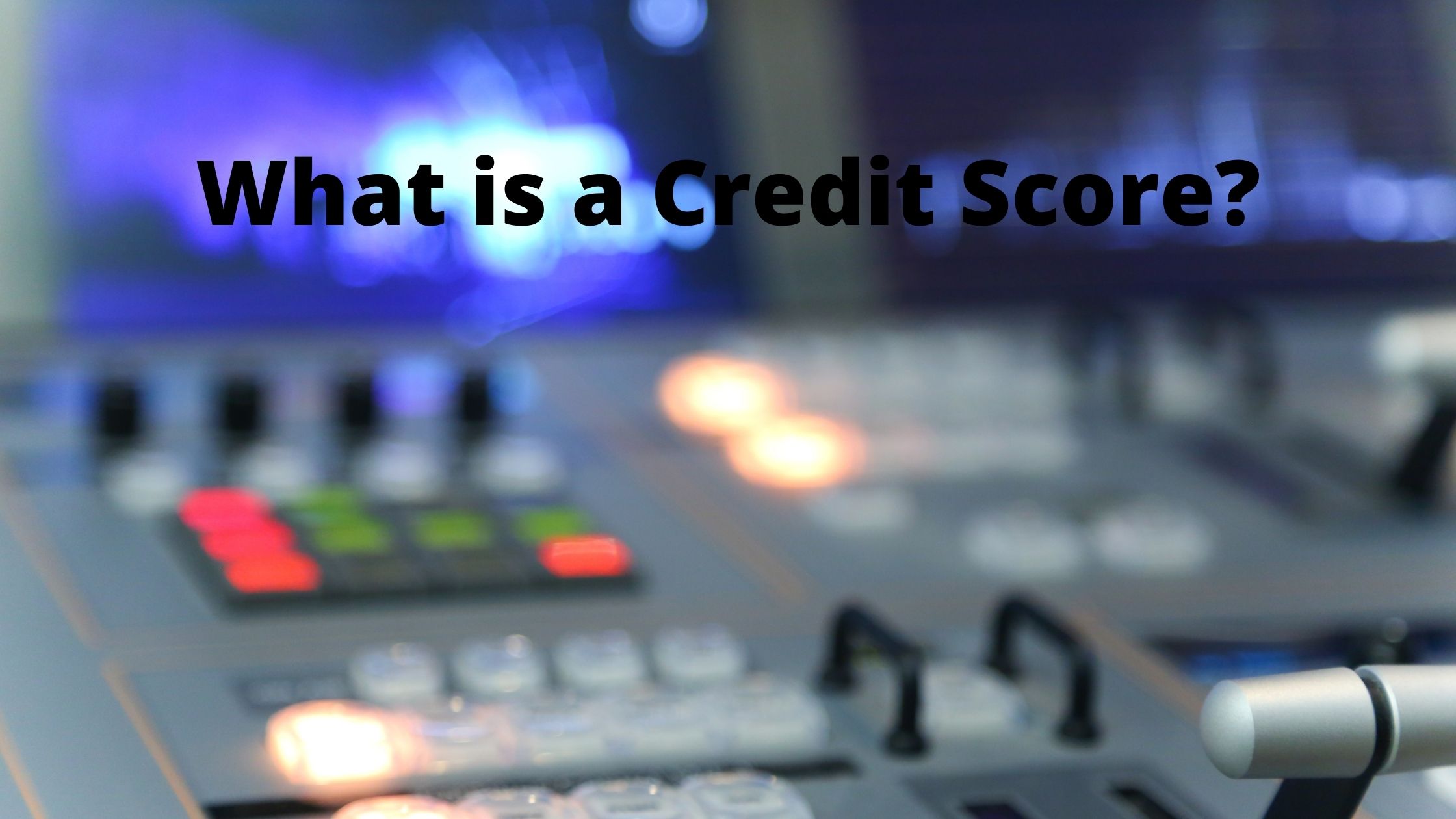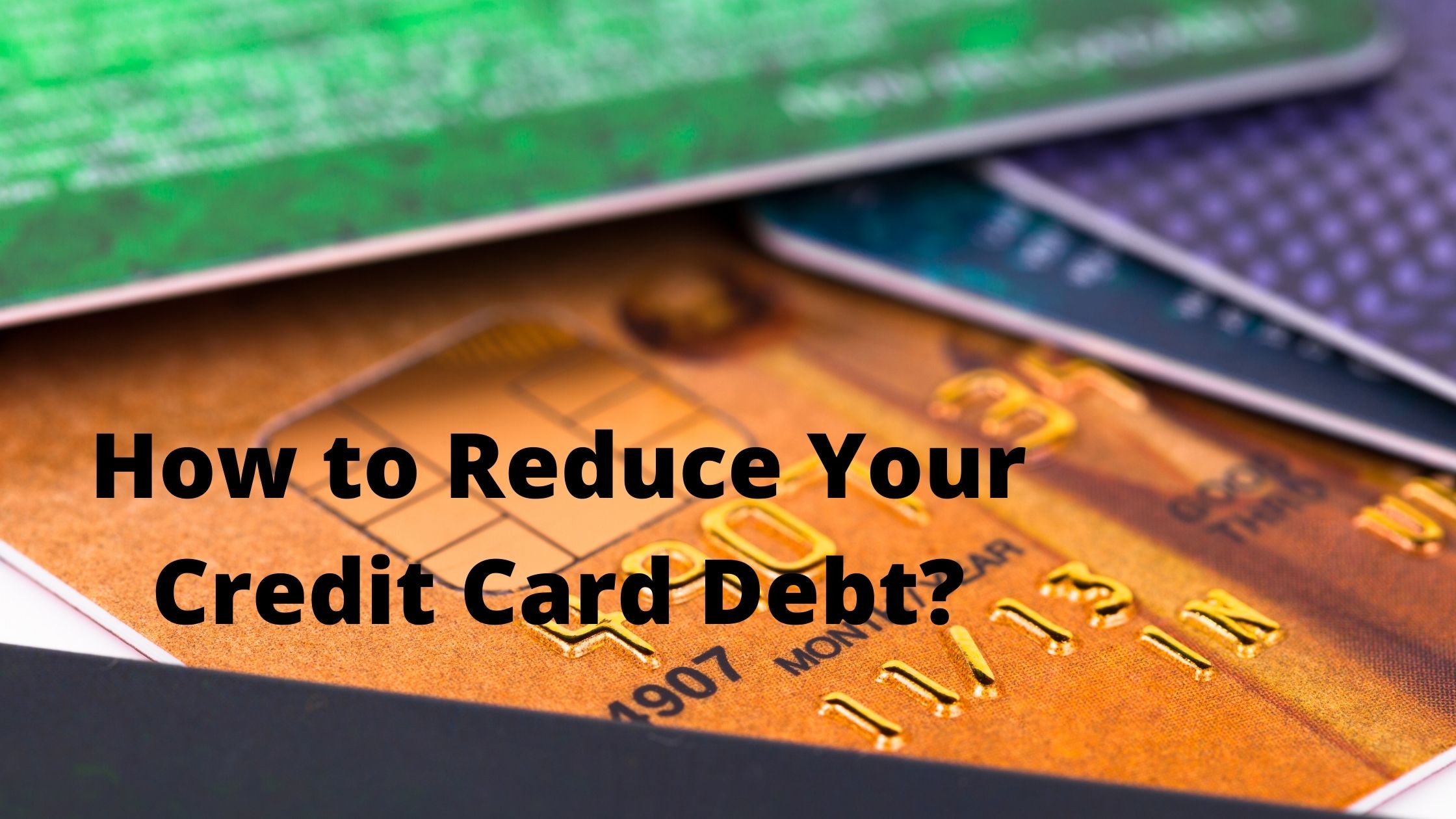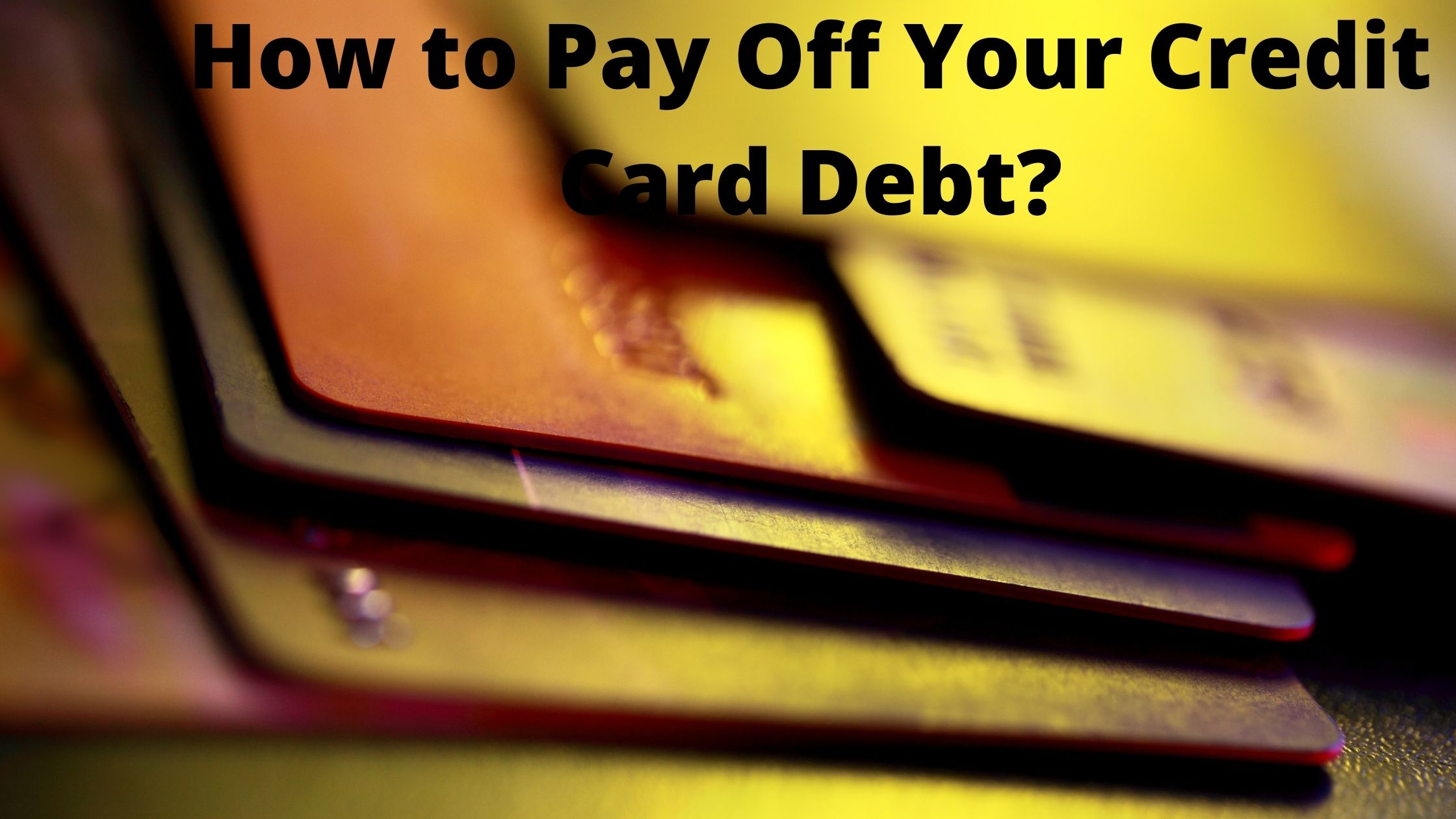Credit card debt is one of the most common financial burdens that people face. Not only can it be difficult to pay off the debt, but interest rates on credit cards are often quite high. In this guide, we will teach you everything you need to know about reducing and paying off credit card debt.
What is a Credit Score?
Your credit score is a number that lenders use to determine how likely you are to repay a debt in full and on time. Your credit score is determined by your credit history, which includes your payments on bills, debts, and other debts you have in addition to your credit card balances. Lenders also look at your current credit utilization ratio (CUR), which shows how much of your available credit you are using.
How to Reduce Your Credit Card Debt?
If you have credit card debt, you know that it can be a big financial burden. You may have been told that it’s important to pay off your debt as quickly as possible so that you can avoid high interest rates and other penalties. But how do you go about reducing your credit card debt? In this article, we’ll provide you with a complete guide to reducing and paying off your credit card debt.
The first step is to identify your debts and figure out how much you owe on each one. Once you have that information, start by making a budget that includes specific amounts for each category of expense, including credit card payments. This will help you track where your money is going and help you make more rational decisions about which expenses to cut back on.
Next, start paying off your highest-interest debt first. This is usually the debt with the highest interest rate. If you’re able to pay this off quickly, it will save you a lot of money in interest payments over time. Once you’ve paid off your highest-interest debt, move on to the next highest-interest debt. Do this one at a time so that you don’t increase your overall debt burden by taking on additional
How to Pay Off Your Credit Card Debt?
There are a few things you can do to help reduce your credit card debt and eventually pay it off. Here are five tips to get started:
1. Make a plan. Writing down what you want to achieve and when you plan on achieving it will help keep you on track. Creating a Debt Reduction Plan can also provide some helpful insights into where your money is going and how you can save more.
2. Cut spending. Start by evaluating your spending habits and figure out where you can cut back. This may mean finding cheaper alternatives or making smaller changes such as foregoing that latte in favor of a morning coffee with breakfast.
3. Get organized. Dealing with your credit card debts can be overwhelming if you don’t have all the information at your fingertips. Use online tools, like Mint, to keep track of your expenses and debts, so you know exactly where your money is going and what needs to be paid off first.
4. Tackle high-interest loans first. If you have high-interest loans that are contributing to your overall debt load, try to make payments on those first in order to reduce the amount of interest charged each
Conclusion
There are a lot of different strategies and tips out there on how to reduce and ultimately pay off your credit card debt. This guide is intended to provide you with everything you need in order to achieve success, from understanding the various types of debt, to finding effective methods of budgeting and paying off your debt, all the way through to creating healthy repayment habits. Hopefully, by following the advice in this guide, you can finally start seeing major improvements in your financial situation. Thank you for reading!

